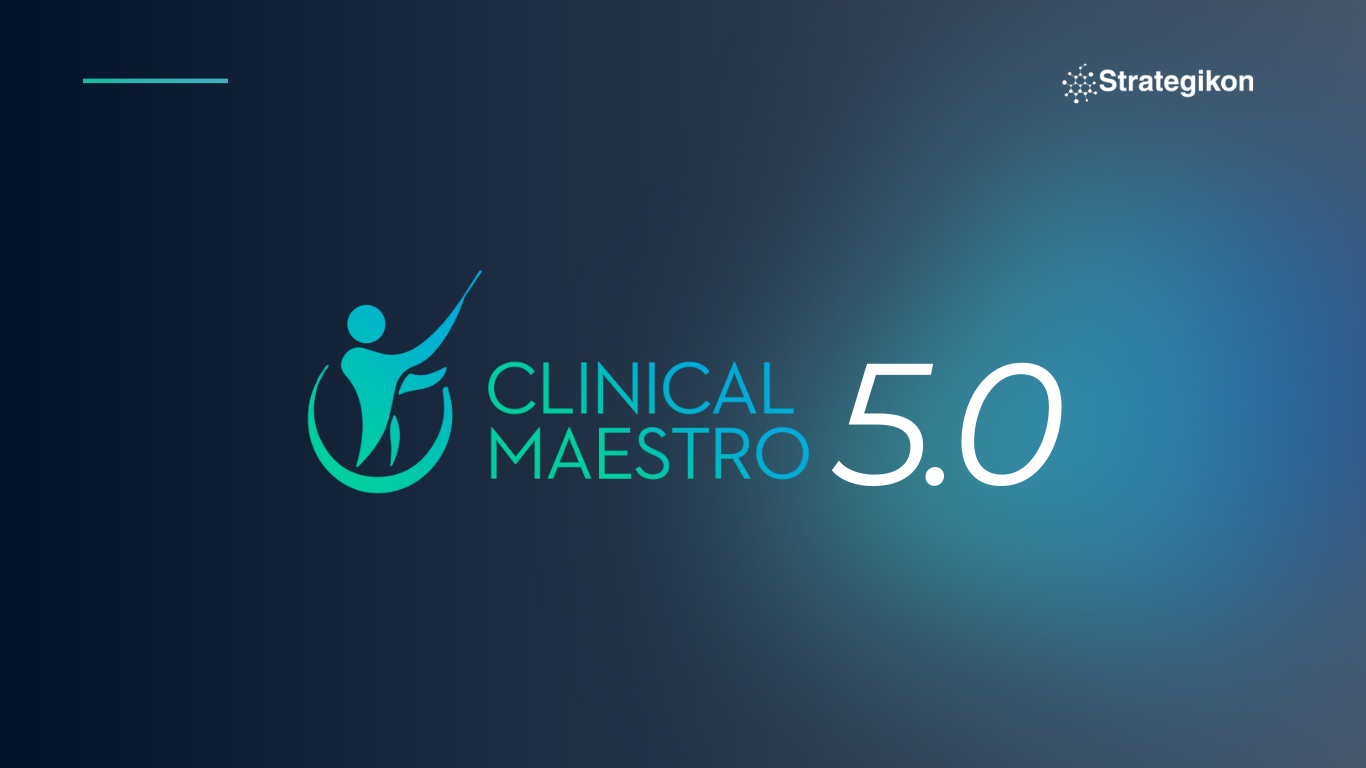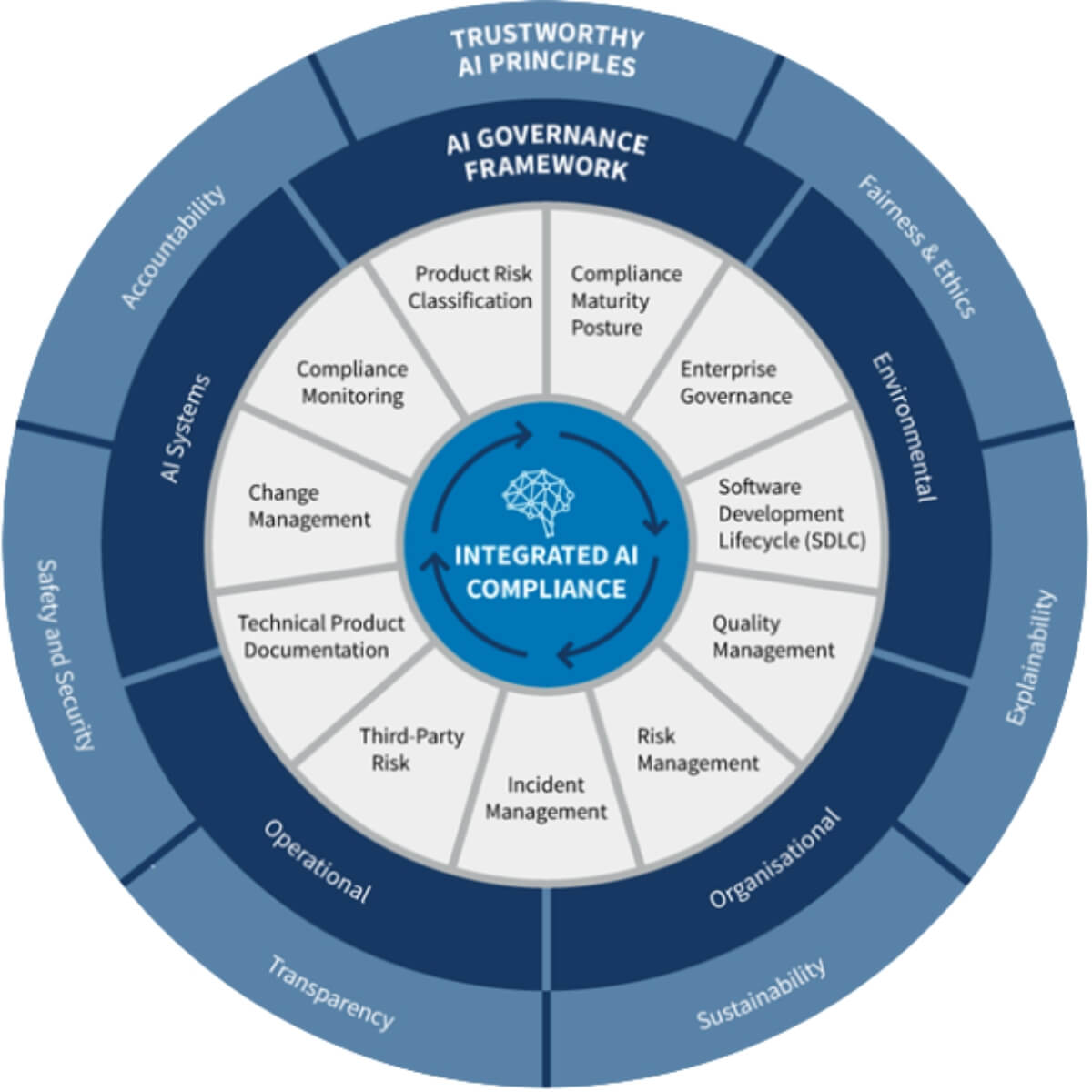
In this resource
Strengthen your processes and increase data-driven decision-making for faster study start-ups.
Strengthen your processes and increase data-driven decision-making for faster study start-ups.
I was chatting with our Head of Marketing, Karen Wills, about the scarcity of thought leadership for clinical business operations. It is hard to find more than a few published articles in a year and there’s so little exciting news that no wonder that clinical outsourcing has hardly kept up with innovations in technology.
The Innovation Gap in Clinical Outsourcing
It’s an interesting angle. Clinical outsourcing leaders buy “innovation” and tech solutions routinely for clinical operations teams: the latest in decentralized clinical trial technologies, the smartest clinical trial management solution, the slickest AI-enabled patient recruitment solution. But for themselves? Not much, as I have personally experienced over the last 15 years.
The R&D procurement professionals remain entrenched in manual work, dreading the use of generic procurement solutions that have been pushed by “corporate” but don't work for "clinical"!
I clearly recall two conversations with distinguished leaders in our industry, both from top 10 pharma. First was about a leading brand general eProcurement solution, specifically how “every big pharma has it”, but the core spending category, clinical, is not procured through it. “Nobody uses the tool, it’s clunky and nothing more but a glorified email to exchange attachments! The service providers dislike it – formatting, lack of structure, non-intuitive interface, business model, e.g., you pay fees to use it. Internal users push back on using it! Yet it’s there, and we cannot look at anything else while it is still there!” I am familiar with the said solution, having implemented and used it myself at a leading biotech. Indeed, after heavy customization and a hefty price tag, not a single clinical RFP went through it during my tenure- all CRO, lab, tech sourcing was done through Excel. I probably would have been able to convince management to buy a fit for purpose solution, but there wasn’t any to buy. This frustration is the genesis of Clinical Maestro.
The entire discussion lingered with me for a long time. Why? Why can’t Ariba, or GEP, or Jaggaer happily co-exist next to fit for purpose technology built for pharma outsourcing, such as Clinical Maestro? Each has its own unique purpose: every organization needs a corporate procurement solution, and every organization needs a fit for purpose set of solutions to accommodate unique buying needs. Of course, you can draw a parallel to everyday life: nobody uses just one booking site. You have Open Table, Uber, Lyft, Expedia, Booking.com. hundreds of sites that are all about booking different things: restaurants, hotels, rides. So why would a top pharma spending >$10B per year have just one broad procurement solution, that doesn’t work for its biggest spent category? It doesn’t make sense. To provide a quote from the Netflix Witcher series: “When the problems are different, they require different solutions.” Whether sci-fi monsters or complex clinical RFP templates, the challenge is the same: finding the correct solution to each unique problem.
Resistance and Change in Pharma Technology
Despite the resistance, the tide is changing.
With fewer people, more pressure to deliver faster, have data transparency and instant access to intelligence, top R&D spenders cannot simply “do nothing,” because the cost of doing nothing is too high.
Speed is the name of the game and error-prone manual work can no longer keep up with the complexity and demands of today’s clinical development world.
My second conversation was about custom solutions in clinical outsourcing. Many pharma companies paid millions of dollars to top consultants over the last 15 years to develop custom solutions for procurement, vendor management, and clinical forecasting. These custom solutions were designed to be maintained largely in-house by internal IT teams, with support from the consultants. Unfortunately, as pharma reorganized and scaled back costs, internal IT departments shrunk and maintenance contracts ended, resulting in an ecosystem of aged, unsupported, difficult to use solutions that are largely incapable of accommodating new outsourcing models, e.g., switching from fixed unit to variable sourcing. As my industry colleague described them: “These systems are absolutely awful; technology is so ancient that we may need to leave the tool running overnight to refresh the data; the reporting is largely absent; nothing can be easily changed.”
“So why you do you still have them?” I asked.
“One word – politics. The costs of the custom builds may not have been fully amortized; it could cost somebody their job requesting a massive write-off and switching spend to SaaS subscriptions. It will happen though – it is inevitable. We need new leaders with the courage to go back to the drawing board.”
These two conversations are just the tip of the iceberg. A common theme has emerged that recognizes the pain points of old infrastructure and the advantages of fit for purpose SaaS. However, the voices are disparate and industry organizations still painfully dormant. Clinical Maestro is actively trying to rally clinical outsourcing groups to the quest for modern solutions, but even these thought leader groups are struggling with the change.
Leveraging Technology to Transform Clinical Business Operations
The leader of one such organization told me: “Technology is expensive.” Is it? I wish we could move the discussion from “cost” to “return on investment.” Manual bid due diligence in Excel is not free: it comes with expensive errors and extensive labor. Lack of vendor performance oversight has dire consequences on audit findings and inspection preparedness. Sourcing without benchmarks may cost the company 10% or more in budget overruns. There are excellent examples of successful collaboration between industry forums and private companies, the first one that comes to mind is DIA and Veeva. The results of harmonizing TMF standards Billions of dollars in industry savings and, of course, Veeva benefited as well, a true win-win.
Of course, fear of change is part of the reason that has made clinical business operations domain leaders stagnant. It is easier to keep working in Excel, criticizing generic solutions and evangelizing newest technology trends, e.g., AI, machine learning, bitcoins, while changing nothing. In truth, until now clinical sourcing technology wasn’t really exciting. No wonder the experts shy away from generic solutions, quietly sabotage custom tools, and turn a blind eye to tech innovation. They have been burnt before!
Sourcing technology was never complete and easy enough to use for sourcing managers to graduate out of Excel. Now the environment has changed. At Clinical Maestro our sole focus is to make clinical business operations technology exciting to clinical business operations users.
Clinical Maestro: Spearheading Change in Clinical Outsourcing Technology
Sounds cliché but it is true – Clinical Maestro is an expert solution for expert users built by expert users. We are set to change the tech landscape and change the thought leadership landscape as well.
Back to my discussion with Karen: if there isn’t enough exciting thought leadership, we will start the conversation, engage others in the industry to join and write about it.
In this resource
Strengthen your processes and increase data-driven decision-making for faster study start-ups.
RESOURCES
Explore Expert Insights and Resources for Clinical Excellence

Webinars
AI is everywhere these days — but it’s also confusing. What exactly is it? Does it actually work? Why do some companies restrict its use? Are all “AI” tools created equal? And how do generative and agentic AI differ? Join Clinical Maestro’s live webinar to cut through the noise and explore what’s real vs. hype in AI for clinical outsourcing and procurement.

Blogs
Strategikon launches Clinical Maestro® 5.0 with Clinical Maestro AI — transforming clinical outsourcing. Learn how sponsors and CROs benefit from vendor intelligence, rate card compliance, change order simplification, and cost transparency.

Case Studies
Faced with inefficiencies, compliance risks, and fragmented communication, a biopharma company dramatically enhanced its vendor governance by implementing VISION!
DEMO
Request a demo
Discover how Strategikon’s advanced solutions can streamline your clinical trial operations. Request a personalized demo to explore how our tools transform budgeting, vendor management, and outsourcing efficiency for pharma and biotech.






















